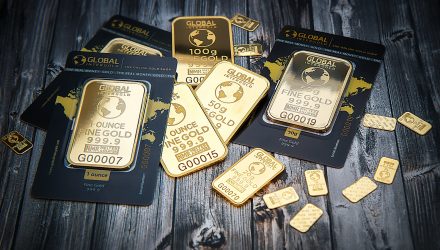Artigas said he believed this trend has been driven by three main reasons.First, he said German investors are likely to be more concerned about Brexit, stock market corrections and currency debasement than their US counterparts. Second, short term-interest rates in Germany remain negative. And finally, a change in tax treatment of gold-backed ETFs in late 2015 has supported expansion of the market over the past two years.
Looking forward, in the US and abroad, Artigas said a bullish stock market is capturing a lot of investor flows, however there are still concerns about the sustainability of this trend – uncertainty remains high and we are talking to many investors about allocating gold to their portfolios for the following reasons:
• a source of returns: gold is up approx. 12% year-to-date, and it has returned approx. 10% per year on average since 1971
• an effective diversifier: gold’s correlation to other assets is quite unique; gold prices have historically risen when stocks fall sharply, providing much needed protection in periods of economic downturn; but gold prices, in the long term, are also supported by economic growth and as people become wealthier, they spend more money on jewelry and electronics. They also save more, often in the form of gold bars and coins or, in developed markets, also through gold-backed ETFs
• a source of liquidity: gold global trading volumes (often more than US$200 billion a day) rival those of major markets such as bonds or currencies, giving investors an asset they can use to complement other less liquid investments and help them meet their liabilities
• combined, these characteristics have translated over the past decade in better portfolio performance for investors holding gold
The fact that gold volumes over-the-counter and in exchanges have increased throughout the third quarter are signs that investors remain interested in gold, Artigas said.
“In addition, investors tell us that gold is one of the few assets that is trading below its recent highs, making it an attractive way to buy downside protection for their portfolios in the event of a market correction,” he said.
Related: A Familiar Gold Catalyst is Still in Play
Bar and coin demand grew 17% in Q3, led by Chinese investors (+57%) but also as supported by German, Swiss and Turkish investors. This type of demand tends to be sticky and in the long run is driven by income growth and savings rates.
Year to-date in 2017, China has seen the second highest volume of bar and coin demand on record, driven by two factors: Concerns over a potential depreciation of the yuan possibility of rising inflation has driven investors to gold and relatively few alternative investment opportunities for Chinese investor (eg new restrictions on the real estate market earlier this year).
For more information on the gold market, visit our gold category.
